Qingkai Kong - A Short Course in Ordinary Differential Equations
Here you can read online Qingkai Kong - A Short Course in Ordinary Differential Equations full text of the book (entire story) in english for free. Download pdf and epub, get meaning, cover and reviews about this ebook. year: 2014, publisher: Springer, genre: Home and family. Description of the work, (preface) as well as reviews are available. Best literature library LitArk.com created for fans of good reading and offers a wide selection of genres:
Romance novel
Science fiction
Adventure
Detective
Science
History
Home and family
Prose
Art
Politics
Computer
Non-fiction
Religion
Business
Children
Humor
Choose a favorite category and find really read worthwhile books. Enjoy immersion in the world of imagination, feel the emotions of the characters or learn something new for yourself, make an fascinating discovery.
- Book:A Short Course in Ordinary Differential Equations
- Author:
- Publisher:Springer
- Genre:
- Year:2014
- Rating:4 / 5
- Favourites:Add to favourites
- Your mark:
A Short Course in Ordinary Differential Equations: summary, description and annotation
We offer to read an annotation, description, summary or preface (depends on what the author of the book "A Short Course in Ordinary Differential Equations" wrote himself). If you haven't found the necessary information about the book — write in the comments, we will try to find it.
Qingkai Kong: author's other books
Who wrote A Short Course in Ordinary Differential Equations? Find out the surname, the name of the author of the book and a list of all author's works by series.



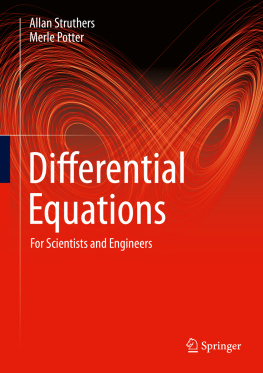
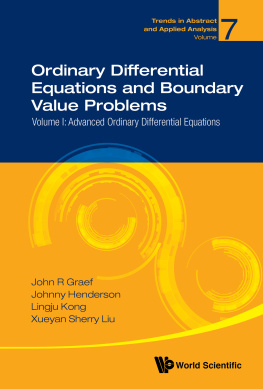
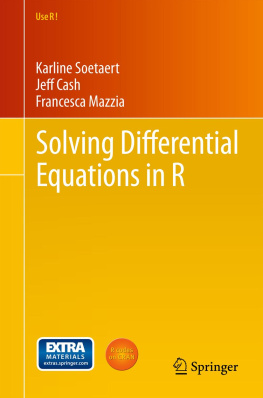
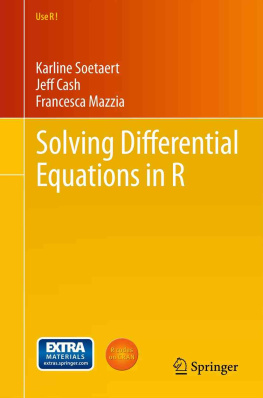
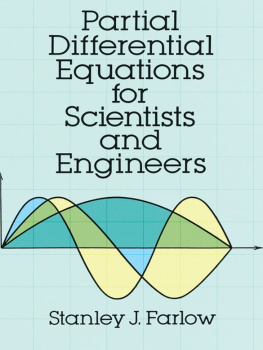




 . Under certain assumptions on the function F or f , the values of
. Under certain assumptions on the function F or f , the values of  can be uniquely determined for a particular solution by n initial conditions (ICs) defined at a single point (initial point) t 0:
can be uniquely determined for a particular solution by n initial conditions (ICs) defined at a single point (initial point) t 0: 
 . The problem consisting of Eq. () is called an initial value problem (IVP) .
. The problem consisting of Eq. () is called an initial value problem (IVP) .
 and
and  . A solution of system (), if it exists, is a solution that contains n arbitrary constants
. A solution of system (), if it exists, is a solution that contains n arbitrary constants  . Under certain assumptions on the function f , the values of
. Under certain assumptions on the function f , the values of  can be uniquely determined for a particular solution by n ICs
can be uniquely determined for a particular solution by n ICs 
 and
and  . The problem consisting of system () is an IVP.
. The problem consisting of system () is an IVP.
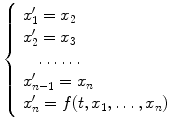

 which exists on the whole real number line
which exists on the whole real number line  and is unique.
and is unique.
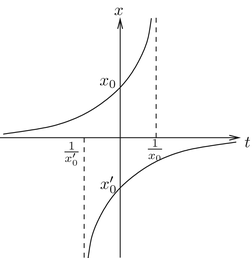


 . Similarly, for any c < 0
. Similarly, for any c < 0 

